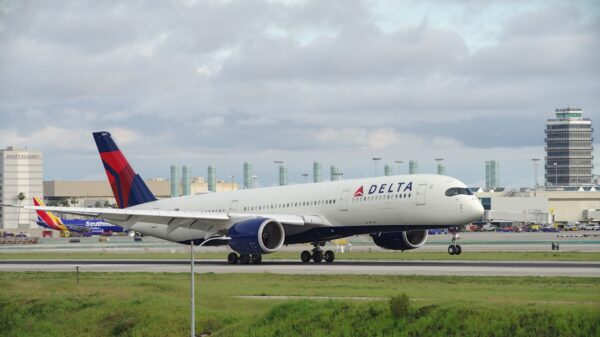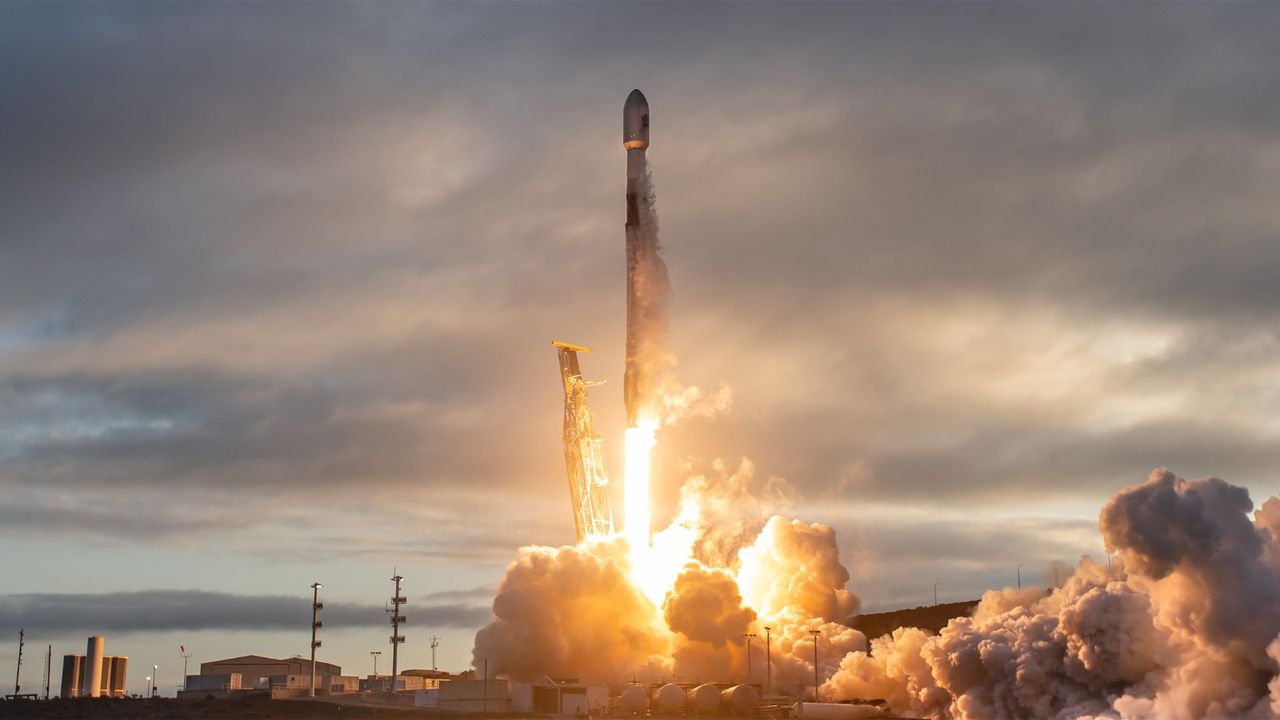The Department of the Air Force has approved SpaceX’s proposal to conduct up to 100 launches annually from Vandenberg Space Force Base in California. This significant increase, announced on October 10, 2023, allows for a substantial expansion of launch activities from the site, previously limited to 50 launches per year. The decision follows the release of a final environmental impact statement regarding SpaceX’s plans.
Vandenberg, located along California’s scenic central coast, has primarily hosted launches of the Falcon 9 rocket, specifically from Space Launch Complex 4-East (SLC-4E). The recent approval not only maintains the Falcon 9’s launch capabilities but also opens the door for the Falcon Heavy to take off from Space Launch Complex 6 (SLC-6), which has not seen a launch since 2022. The Air Force’s announcement indicates that the SLC-6 will be modified to accommodate both Falcon 9 and Falcon Heavy launches.
With this new authorization, up to five Falcon Heavy launches per year can be conducted from SLC-6. Despite this capacity, it is anticipated that the Falcon Heavy may not utilize the full quota, as the rocket has not launched in over a year. SpaceX is also focused on developing the Starship, a more powerful, fully reusable vehicle aimed at supporting missions to Mars.
The Air Force’s approval is not the final step in this process. According to officials, the Federal Aviation Administration (FAA), which is responsible for licensing commercial launches, will issue an independent record of decision based on its own assessments. This means that while the Air Force has paved the way for increased activity at Vandenberg, further regulatory steps must still be completed.
SpaceX’s Expanding Launch Operations
SpaceX operates from several launch sites, including Vandenberg, Starbase in South Texas, and the Cape Canaveral Space Force Station and NASA’s Kennedy Space Center in Florida. Starbase is particularly significant as it serves as the hub for manufacturing and testing the Starship, a rocket designed for deep space exploration. To date, Starbase has hosted all eleven test flights of the Starship.
Vandenberg is strategically positioned for launches to polar orbits, which are essential for Earth observation satellites. This orbit allows satellites to capture images of nearly every part of the planet’s surface, taking advantage of Earth’s rotation.
The approval for increased launches from Vandenberg underscores the growing role of private companies like SpaceX in the space industry. It highlights a shift towards more frequent and diverse launch operations, as commercial spaceflight continues to expand. The developments at Vandenberg may also pave the way for future collaborations and missions aimed at broader scientific and exploratory goals.
As the regulatory framework evolves, SpaceX’s ambitious plans for increased launch frequency will likely contribute to advancements in satellite technology, space exploration, and potentially interplanetary travel. The combination of governmental support and private sector innovation positions the aerospace sector for a transformative period in the coming years.






































































